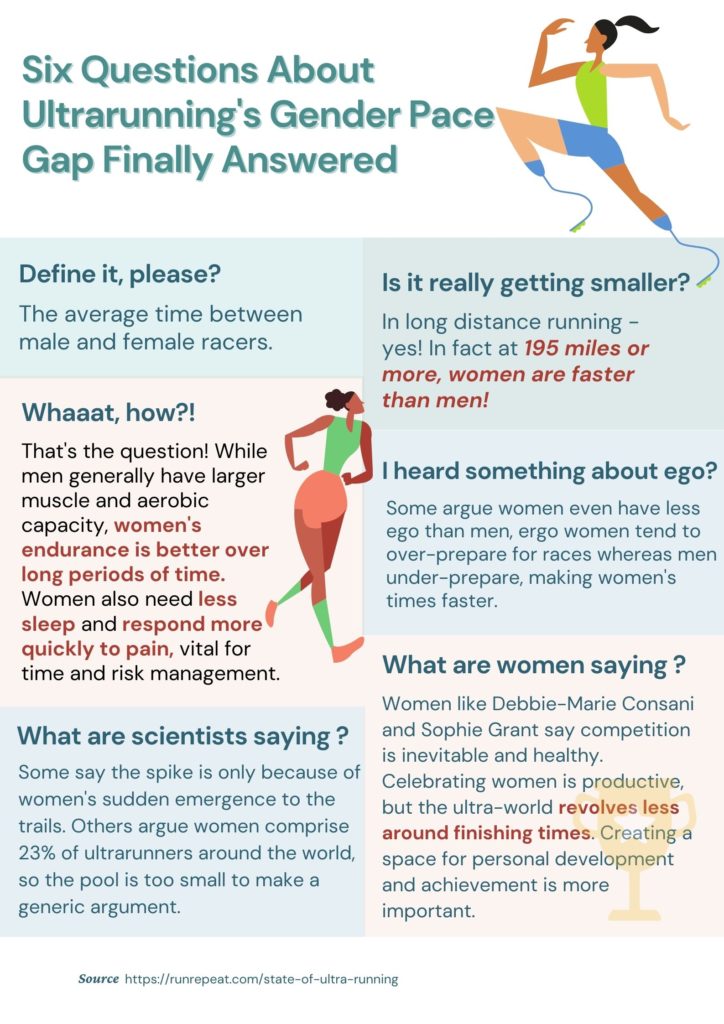More women are running and winning ultramarathons than ever before. Yet a lacking competitive presence casts a lasting shadow when women overtake runners. Female runners are calling for a change in perception, starting not with men but with women.
More than 11 hours and 74 miles into January’s 2020 Narrabeen Allnighter, 44-year-old Scottish ultrarunner and GB coach Joasia Zakrzewski had not, to her surprise, stopped running. Her sleeping bag and pillow lay unused in her car. It was her first overnight 12-hour ultramarathon and an incredulous Zakrzewski felt… good. Nearly 24 laps around the 5km loop, and Zakrzewski had beaten the women’s record overall and her age group. The male record toppled in suit. Around her, other competitors, male and female, fled to the perimeter like exhausted flies.
All except one young man who, each time Zakrzewski ran past, sprinted ahead then returned to a walk.
“Because he had to beat me,” Zakrzewski says with an insouciant shrug. She lays on the floor of her lockdown abode in Australia before a night of white win spritzers and cookie baking, remembering how the last night of a January holiday in 2020 to visit friends somehow turned into a strange game of ultra-tag. She’d agreed to race the day before merely because watching her friend run the laps seemed boring, and evening drinks had been ruled out of the equation.
So when she and the man took to the final lap before the 12 hours timed out, Zakrzewski figured she’d ask the question: Why don’t we just do it together? There were no prizes, not even a trophy. Zakrzewsku’s flight back to the U.K. was in six hours.
“I was more than happy to finish together. But he said, ‘I’m not finishing with a girl.’ So he would run always in front of me, always look back. When there was 500 meters to go, he just sprinted.”
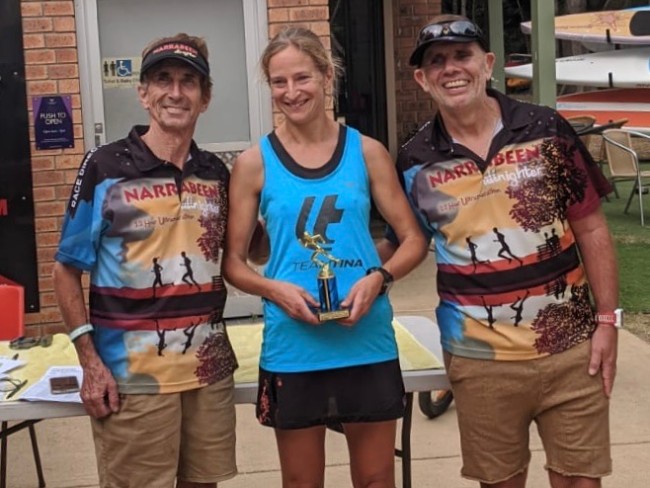
Zakrzewski is no slow poke. She’s a three-time top-five finisher of the 89km Comrades Marathon and members a cadre of women shrinking, and reversing, the sport’s historically gender pace gap. Yet, when dropped into a race, it suddenly likens to being dropped into the 1993 American hit film Sandlot, where the peak insult between one young boy and another isn’t “butt sniffer”, “puss licker”, or bobbing for apples in the toilet – and liking it. It’s playing ball “like a girl”.
Last April, RunRepeat released the “State of Ultra Running” analysing more than five million race results from 1996 to 2018 between men and women. At marathon length, men heave a 11.1 per cent difference in average finishing times. At 50 miles, it reduces to 3.7 per cent. By 100, a negligible 0.3 per cent.
Above that? Women proved faster than men by 0.6 per cent.
I don’t want to run a race and win it by two hours. I’m not interested in that. I want to race women.”
Sophie Grant
At face value, the findings contradict conventional sport history. Males have larger hearts and muscle mass, greater body mass index ratios and stronger bones. Society’s default setting says men beat women. Ultrarunner Jason Koop perceived female victories not as precursors to female domination but testaments of limper male performances. In a 2008 Time interview, Tim Noakes, University of Cape Town professor of exercise and sports science, said that unless woman became man, woman would never beat man. Lazarus Lake, the creator of the Barkley Marathons – a gruelling ultra-race of attrition notorious for racers never finishing – said no woman would ever complete a Barkley. In other words, women won when pigs flew.
Yet, the last three years have seen women subtly negate this: Scottish fell-runner Jasmin Paris winning the 2019 Montane Spine while expressing milk; American Camille Herron running the fastest 24-hour race of all time; Maggie Guterl making the aforementioned Lazarus Lake take back his words, and coin her the world champion of everybody, period.
Even so, Zakrzewski still finds herself at a races’ front where being female suddenly limits her competitive threat. While she recalls Narrabeen with little chagrin — she enjoyed another cookie at the finish, “recovery drinks in the sky” and still technically co-won — if you ask any woman, most can recite similar anecdotes.
“Unfortunately you’d be hard pressed to find a no,” says New Zealand-born ultrarunner and Centurion coach Sophie Grant.
Currently on pause in London rather than her vagabond camper racing and coaching around Europe, the former hairdresser considers her own international podiums, representing Britain at the World Trail Championships and — less fabulously — feeling the ubiquitous slag of male runners when they find her somehow trekking at a race’s front. At the Ultra Trail Du Mont Blanc, a man warned Grant that she would sputter out like his wife did the year prior if she kept her pace. At least year’s Lavaredo, Grant dodged explicitly thrown elbows. Though Northern Hemisphere races tend to see more unwarranted advice than elbows, Grant says the general theme persists.
“Men just don’t want to be passed by a woman. It’s like some affront to their manhood,” she says. “I think it is getting better. Ninety-nine percent of men want to see more women racing. The more we see women winning races, the more we see how strong they are. Like Nicola, Jasmin. No one minds being passed by them. Men are less threatened by them.”
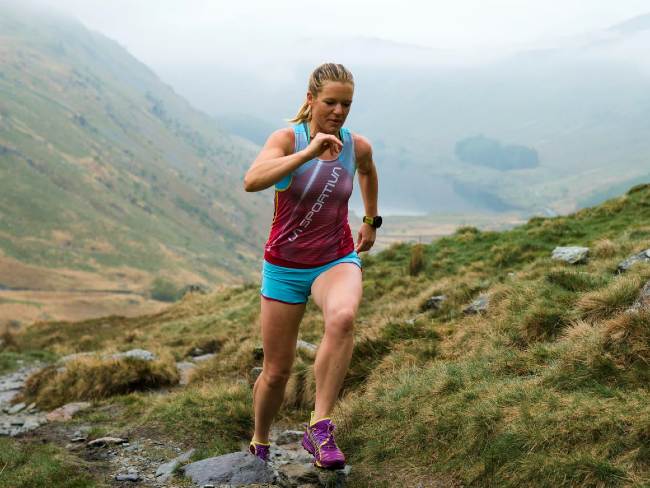
Being passed at all is rarely a welcomed affair, regardless of gender, but a nondescript female won’t often emanate similar threats as the Jasmine Parises of the ultraworld. Where elite women are catalogued as super-human anomalies, non-elite women still elicit the conventional grumbling that has long undercut their passes. The culprits aren’t exclusively men.
“I mean, I don’t like to be passed by a girl,” Grant says. “No one does.”
Despite what seemed to be a clarion call for women to ultrarunning in lieu of outright victories from women, females constitute just 23 percent of ultrarunners internationally. With such a small sample size, the thought of women winning being anything more than chance persists. But according to Grant, the most toxic aspect of women’s marginal representation is not the lingering gender contest but the vicious cycle perpetuated for participation. Less women racing means less women believe they can. Less women believing means less women passing people in races, making passes slightly less than fleeting rarities and the women’s race a void contest.
“I think that’s the thing that upsets me most about not having enough women at these races,” Grant says. “They don’t think they are capable of doing it, and it’s just like you have to give it a go. There’s no reason that you can’t.”
Grant remembers two years ago finishing the Lake Sky Ultra as first female and 8th overall. She covered the 60km route with over 5000m of vertical gain in 10:27:07 hours. It was a feat for the books, but her nearest female competitor trailed two and a half hours behind her.
“I don’t wanna run a race and win it by two hours. I’m not interested in that. I want to race women,” she says.
I still can’t sprint. Someone says go, my knees lock up and I fall over. I’ve been knocked down, trampled. I’ve broken bones at the beginning of races because I still can’t start them. I’m petrified by park runs.”
Joasia Zakrzewski
Debbie-Marie Consani, the Scottish ultrarunner known for hurtling her petite, blonde frame against some of Europe’s most brutal ultramarathons including the 330km Tor des Geants, puts it curtly: “Guys will just give anything a shot because Bill next door did it.”
Women tout better endurance and higher pain tolerances over longer and more gruelling races, according to recent studies. By that logic, more women should compete in longer races. Yet as women crowd 50km start lines crowd, Consani says she sees one woman for every 10 men at a 100-miler. Sure, women’s DNF (did not finish) rates sit much lower than men’s because of women’s emphasis on preparation, of not entering a contest if not utterly convinced they can do it. But Consani considers that emphasis as much of an asset as it is an Achilles heel.
“A lot of women fear the unknown. I still fear the unknown. I get myself into such a state before races, that whole what could happen because I’ve never put myself in that position,” she says.
“I don’t want to call it an ego, but maybe it is. Maybe it’s bravado. Men have that bravado to go out and give something a shot whereas women won’t try something until they know they can do it.”
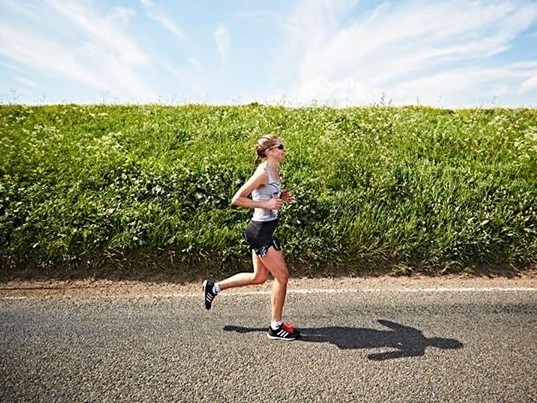
Zakrzewski has coined her own phrase for it: “I call it imposter syndrome. I still think I’m a bit rubbish athletically.”
She says it with a sheepish smile. This is the same woman who took the metaphor ‘try it from the other side’ so literally that instead of overseeing the seven-day, 155-mile Atacama Crossing in Chile as the race doctor in 2010, she raced it — then won first female overall at 33:37:30 hours to mark her ultra-debut.
“That’s been ingrained into me all my life: You’re rubbish at sport,” she says.
She remembers her school playground. Sprinting short distances totalled athletic superiority. For Zakrzewski, success was futile.
“I still can’t sprint. Someone says go, my knees lock up and I fall over. I’ve been knocked down, trampled. I’ve broken bones at the beginning of races because I still can’t start them. I’m petrified by park runs. I still get nervous at every start and start at the back.”
She pauses and laughs softly. Obviously, the thought of an athlete of her stature fearing a Saturday morning park run feels coquettish at best. But Zakrzewski knows self belief doesn’t happen overnight, regardless of any shiny medal she wears.
“I’m trying to do more things and give myself more confidence now, but at start lines I still think, oh no, I’m rubbish at this. It just goes to show how much of what you’re told as a child in your formative years affects you as an adult.”
I think even now, people have that idea you have to be a fast runner. You have to look like a runner, have a certain fat percentage, muscle tone. Women don’t believe they can because we weren’t told we can.”
Debbie-Marie Consani
According to Consani, ultrarunning’s nuanced emergence comes into play. She ran her first ultramarathon in 2007 after road racing’s focus on shaving seconds lost its allure. Grant began running in her early 30s, replacing an existence of London partying with morning runs trying to keep pace with her father-in-law that eventually led to racing a co-worker for £100 and entering half-marathons and marathons. Failing to break the three-hour mark led her not to get faster but to go further.
“Coming from not being able to do it, it’s a little about being a woman. You don’t have to be that good to be good. Men just think they’ll have a go at it. They may look the part, [but] they’re at the back of the pack, whippet-like, dressed head to toe in Solomon, and they are slow. There is no reason that women shouldn’t be able to do what the men do.”
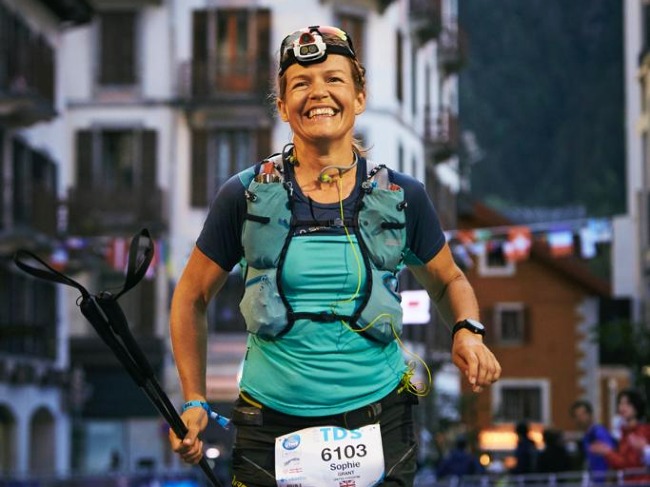
Despite arguments for longer cut off times or shortened routes, Grant disagrees. Spotlighting more women running all lengths and times, not only victories, can inspire more women to try regardless of failure, she says. Yet general coverage of female races lags dramatically. Females who win races overall might be thrust into mainstream limelight, but female winners who don’t breach the overall top 10 see fleeting glimpses of it. Women who don’t win see very little at all.
“I think even now, people have that idea you have to be a fast runner. You have to look like a runner, have a certain fat percentage, muscle tone,” Consani says. “Women don’t believe they can because we weren’t told we can.”
Consani points to the promise of all-female races to inspire women to run in less competitive environments. Grant and Zakrzewski emphasise the benefits of establishing more female coaches to act as role models for women to relate to and feel more comfortable when considering menstruation and motherhood while training, topics that can feel taboo in a male-dominated sphere and keep women on the fringes. Grant also supports installing temporary female quotas before general admission and more slots for female finishers to entice entrants.
“It would take a brave and ballsy race director to do it, but I would love to see someone fill a quota before he puts everyone else into the ballot,” she says. “Most races have 10-15% women. I want a race director to go, okay, you know what? I’m going to fill the first 25%, just something, and then everyone else goes into the ballot and hopefully we get more women from that as well.”
“It means it’s not an easy thing. It’s not easy to get a GB vest, a Scottish vest. You actually have to put the effort in and want it.”
Joasia Zakrzewski
The proposals aren’t exempt from opposition. A man asked Grant if he and her finish a race at the same time but she finishes third in the female category and he 30th in the male, does she share her third-place prize?
Grant lets a short scoff escape. “I was like, mate I don’t know if you know this, but we’re not racing each other. You might be racing me, that’s cool, but I’m racing the girls that are in front of me and the girls that are behind me.”
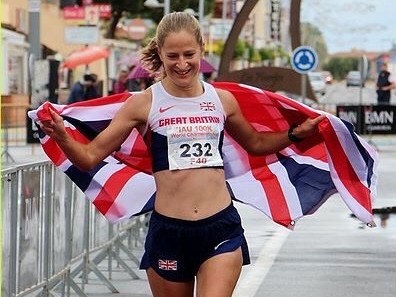
Without those women running in front or behind her, she is racing men, and those reactions will persist. While race directors can change race anatomy to entice women, Grant says developing a higher-standard female race requires buying into a new way of thinking. Quarantine’s virtual surge in women running flirts with the possibility of physical surges to come. The extensive time glut between top female finishers and those behind might initially stretch, but compared to 10 years ago, female competition has made quantum leaps.
“I look back and you could win a race very slowly. A woman who used to represent GB had 100k times an hour slower than I did. There wasn’t the competition,” Zakrzweski says. Today, she, Consani and Grant watch their records fall under another woman’s name every year. To see their fame eclipsed, though bittersweet, brings smiles.
“It means it’s not an easy thing. It not easy to get a GB vest, a Scottish vest. You actually have to put the effort in and want it,” Zakrzewski says. “The more women race, the standards get better. Marathons standards have stepped up to 50k. 50k will step up to 100k. I think at the longer distance women can be just as good as the men, and I’m glad that more women are doing it and proving it.”
Lounging on the floor, Zakrzewski considers her last decade. There’s placing fourth back-to-back in what she monikers the “90k moving buffet” of Comrades. Draping the flag over her shoulders for Team GB. The time she won a half-long dried fish for first in the Lofoten Ultratrail. Infinite cakes. Legions of men she has put beside and behind her.
But her favourite moment?
“Overtaking the South African lady in the final 100m in Comrades,” Zakrzewski says without delay. “I was sprinting passed her – well, I was probably jogging slightly quicker as she was coming around the bend. She’s since won Comrades. And as I came around the corner, they were announcing: ‘And here comes the first South African lad – oh…it isn’t.”
She grins wide, her mind back in the Kwa-Zulu Natal province hundreds of miles away, neck and neck with a woman. “That was kind of amazing.”
